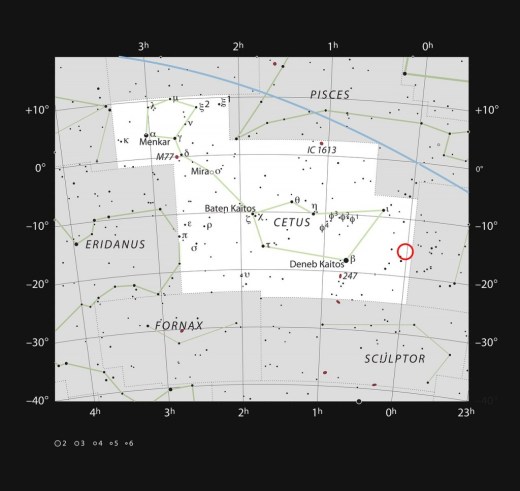I’ve posted a couple of times about photographer Michael Najjar’s space inspired works (see here and here). He has a new show opening in New York City this month:
- An Artist Imagines the Future of Humans in Space – Smithsonian
- outer space | Benrubi Gallery | New York City based Art Gallery specializing in Photography
Here are a couple of his photos plus a video that he made:
—
Here is the press release for the show:
Michael Najjar – outer space – March 31 – May 14, 2016
Benrubi Gallery is pleased to announce German photo and video artist Michael Najjar‘s solo exhibition, outer space – the artist’s first show with the gallery and the first major showing of this series in New York City. outer space explores the latest development in space travel and how it is shaping future life on earth and in near-earth orbit. Informed by Najjar’s training to become the first civilian artist to fly to space, the series of large-scale photographs capture an intense and immersive futuristic world, inspired by cutting-edge aeronautic technologies and the nascent space tourism industry. The potential of the photographic image is pushed to new frontiers as realistic elements fuse with fictitious realities to make visible what is invisible or beyond human perception.
Central to outer space is Najjar’s personal experience with space flight and the performative aspect of the exhibited images. As one of the pioneer astronauts of Richard Branson’s Virgin Galactic, Najjar has been undergoing an intensive, multistage cosmonaut training in Star City, Russia, since 2012, and is scheduled to board SpaceShipTwo in the near future. The artist uses the actual experience of training (zero-g flight, centrifuge training, stratosphere flight, and underwater space walks, to name a few) to create complex and never-before carried out photos that examine vital connections between humans and technology. Reality and simulation are so intertwined that they become indistinguishable, allowing for novel ways of seeing. Video artworks based on Najjar’s extreme training will be shown as part of the exhibition.
The acceleration in aeronautic research and industry and the birth of commercial space travel has brought humanity on the verge of a new era. The images of outer space – the ultra-high resolution telescope “golden eye II,” the world’s largest centrifuge, the first private spaceport, mineral mining on the moon, or space debris orbiting around the earth at fast speed – all address these technological advancements, attempting to elucidate their important cultural implication through artistic transformation. “By leaving our home planet and flying to the moon or other planets, we change our understanding of who we are and where we come from,” Najjar says. “The point is to reflect on our world and what it means to us and the generations to come after us. It’s about the very origins of the self.”
![Pond[1]](https://i0.wp.com/hobbyspace.com/Blog/wp-content/uploads/2016/03/Pond1.jpg?resize=344%2C348)


